
Search myodfw.com

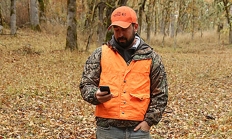
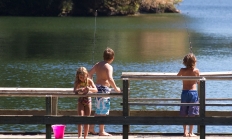


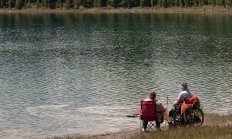

Need to figure out controlled hunts, find a place to clam, learn how to fish or get directions to a wildlife area? We've got information on all that and more, straight from ODFW biologists and other accomplished hunters, anglers and wildlife watchers. Header image by Dave Budeau

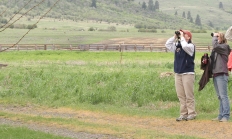
Turkeys don’t like to fly at night, so the best time to get set up for your hunt is either right before dark the day before your hunt. Or before daylight the day of your hunt. Once you ’ve located a tom, either seeing it or by hearing it gobble, it’s time to make a plan. The goal is to get close enough to call in a tom, without letting him know you’re there. Be in place before daylight If you’ve been out the night before and used a locator call to find a tom on his roost, get to
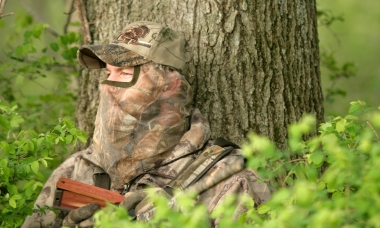
Features: Soles have flattened, oval bodies with both eyes on one side of their head. They are dark on top and light underneath. Habitat: They are commonly found on mud or sand bottoms from 5- to 750-fathoms deep. Techniques: Soles and other flatfish are best targeted by fishing with smaller hooks (less than 2/0) tipped with bait such as clam necks, sand shrimp, or chunks of herring or anchovy on a sandy or gravel bottom.





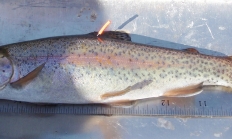

Wild turkeys can be eaten either fresh or aged. It all comes down to personal preference, and there are adherents on both sides. Why and how to age a turkey Aging is a process by which changes in muscle enzymes tenderize the meat, and concentrate the flavor. Many hunters prefer to age their meat – both big game and game birds. Others adhere to the motto “fresh birds are the best birds.” Aging is particularly helpful in tenderizing the meat of older toms. If you choose to age your bird, here are some tips: Wild turkey can be aged right

